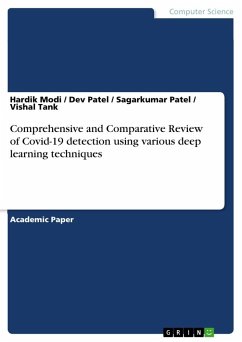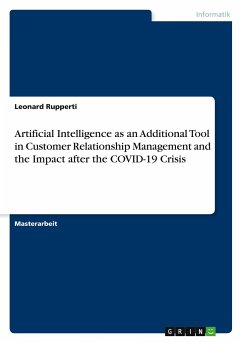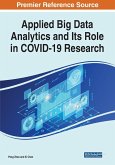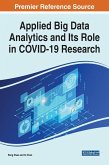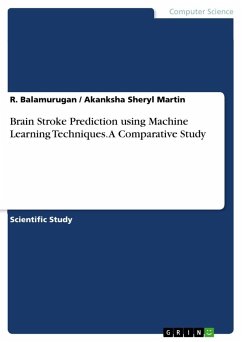Academic Paper from the year 2023 in the subject Computer Science - Miscellaneous, , language: English, abstract: The coronavirus disease 2019 (COVID-19), as designated by the World Health Organization, is causing a pandemic that will affect the entire world. The severe acute respiratory syndrome coronavirus 2 (SARS-CoV-2) virus, which is the source of COVID-19, was first identified in late December 2019 in Wuhan, China. Within a few months, the virus had spread to various countries across the world. Because COVID-19 affects millions of individuals worldwide, it has turned into a global health emergency. The most typical symptoms of COVID-19 virus are fever, a dry cough, and gastrointestinal issues. Being extremely contagious, the illness readily spreads to persons in close touch with those who are infected. Contact tracking is a good way to stop the virus from spreading, according to us. Convolutional neural networks (CNNs) in particular have achieved successful outcomes in the categorization and analysis of medical image data using artificial intelligence (AI) approaches. This survey and research proposes a deep CNN architecture for the diagnosis of COVID-19 based on the classification of chest X-ray and CT-Scan images. This review article explains how to use a database of X-ray and CT-Scan images from patients with common bacterial pneumonia to automatically diagnose coronavirus infection., proven Covid-19 infection, and common cases. The study's objective was to assess the value of COVID-19 acquisition. Globally speaking, the number of infected cases increases dramatically in the COVID-19 scenario. Because of this, medical professionals and infected patients made the crucial option to quickly embrace various medical facilities.
Hinweis: Dieser Artikel kann nur an eine deutsche Lieferadresse ausgeliefert werden.
Hinweis: Dieser Artikel kann nur an eine deutsche Lieferadresse ausgeliefert werden.

